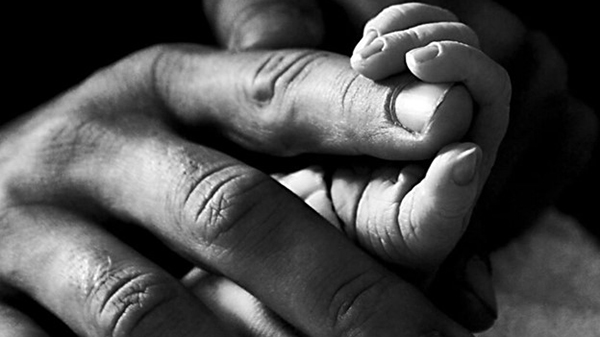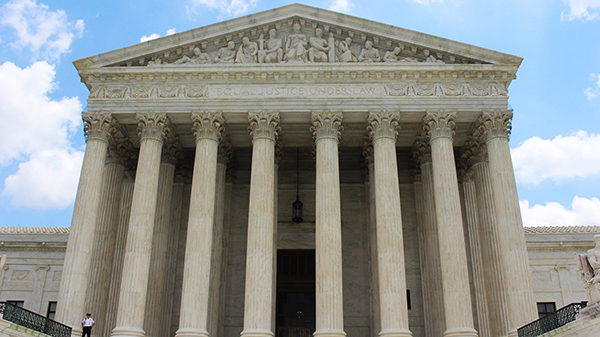Can you really “teach” babies about God? Recent findings on brain development suggest an affirmative answer to that question.
“Babies are beginning to form associations about everything in their world, so how could you not begin introducing them to God and Jesus?” Lynette Henderson, a doctoral student at the George Peabody College of Vanderbilt University in Nashville, Tenn., asked. “Will they understand those concepts the way older children or adults will? Of course not. But you’re laying a foundation.”
Henderson led the session, “Brain Development in Children,” during the National Preschool-Children Convention Oct. 19-22 at LifeWay Christian Resources of the Southern Baptist Convention in Nashville.
Henderson said physical things happen to the brain as babies form associations and learn. “As teachers, we are modelers or remodelers of the brain, depending on the age of the children we teach,” she said.
While the most important stages of brain development occur between birth and age 3, Henderson said the earliest signs of it appear soon after conception.
In-utero, fetuses are already aware of light and sounds, and studies have even shown children can recognize stories that were read to them while they were in their mother’s womb.
Babies enter the world with approximately 100 billion nerve cells in their brain, Henderson said, and their total number of cells never exceeds what they have in the first year of their lives. During that initial year, trillions of connections (synapses) are made between brain cells. The growth of these connections results in the rapid acquisition of skills experienced by babies, such as responding to human voices, using hands together to grasp objects, sitting up and crawling.
According to “Do Babies Matter?” a leaflet compiled by LifeWay’s preschool Sunday School ministry department, genes determine general brain structure, but the environment begins to influence development immediately after birth. Experience literally provides the organizing framework for the child’s brain.
“Genes, the environment and experiences work together to affect development,” Henderson said. “You often hear about a ‘fight’ between ‘nature’ and ‘nurture.’ But it’s not a fight; it’s a dance. They work together; you have to have both.”
Babies learn spiritual truths the same way they learn other things — through their senses, by doing and through relationships, the LifeWay leaflet states.
The publication urges churches to provide Sunday School departments that teach biblical truths to babies, not just a baby-sitting service for parents. It suggests offering rooms that allow babies to explore and discover God’s world in a safe and loving environment, and training teachers of babies in the use of Sunday School curriculum.
As babies grow older and enter classroom environments at church and school, Henderson said it is important for educators to develop a strategy that maximizes the potential of the children they influence. An educational setting that encourages learning, she said, is rich in information and also includes these important elements:
-interactive technology,
-sensory experiences,
-options for children within a framework of daily opportunities,
-exposure to several languages,
-literacy experiences,
-field trips and visitors,
-emotional and social worlds of learning,
-parent involvement and training,
-social interaction opportunities and training,
-appropriate amounts of repetition and review. (BP)





Share with others: